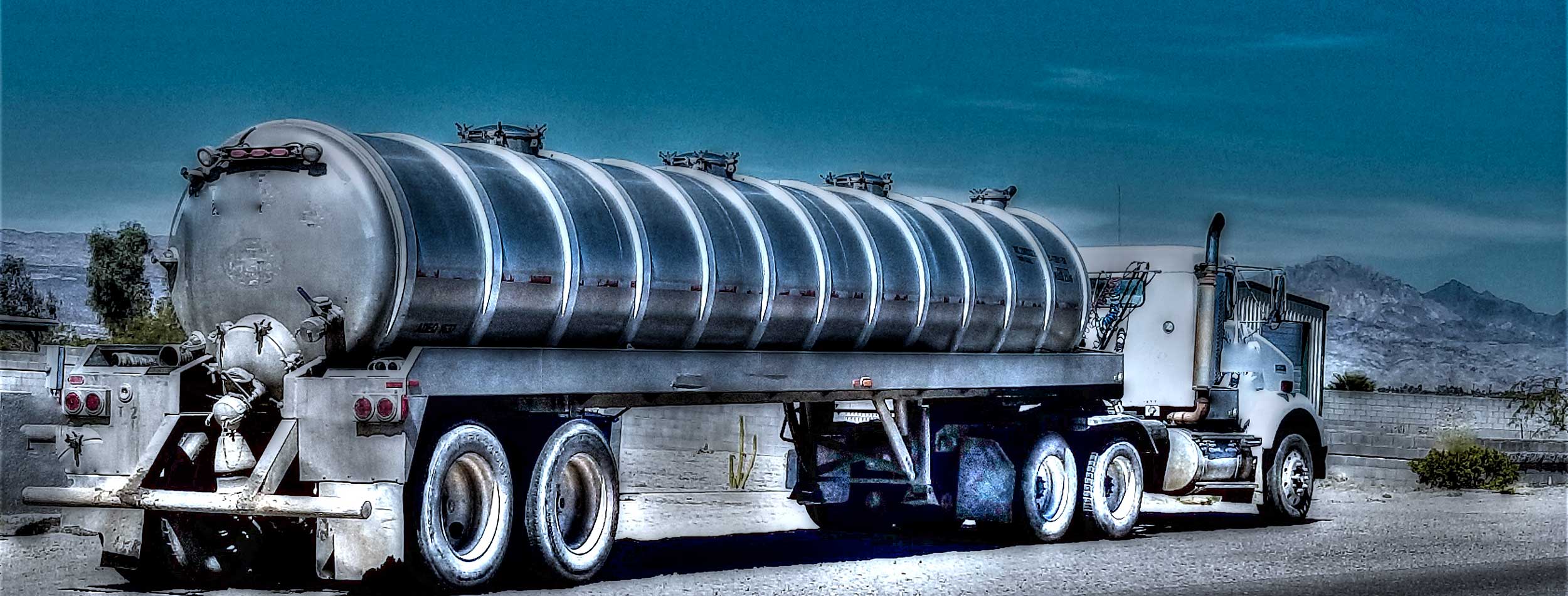
LNG LOGISTICS
The logistics in the LNG (liquefied natural gas) industry are complex and encompass a wide range of activities from production and transportation to storage and delivery. Each step requires specialized equipment, infrastructure, and strict safety protocols to handle LNG’s cryogenic properties and maintain its quality. Here’s a breakdown of the key elements of LNG logistics, the challenges faced, and trends shaping the industry:
1. Production and Liquefaction
- Extraction: Natural gas is extracted from gas fields and processed to remove impurities (like water, carbon dioxide, and sulfur compounds) to meet LNG specifications.
- Liquefaction Plants: After purification, the gas is cooled to -162°C (-260°F) at liquefaction plants to convert it into a liquid state, reducing its volume by approximately 600 times, making it feasible for large-scale transport.
- Storage at Liquefaction Terminals: LNG is stored in large cryogenic tanks at export terminals near liquefaction facilities until it’s ready for shipment. These storage tanks are designed to maintain the low temperatures needed to keep LNG in its liquid state.
ADVERTISEMENT
2. Transportation
- LNG Shipping: Specialized LNG carriers are used to transport LNG over long distances by sea. These vessels have double-hulled, insulated tanks to keep the LNG cold and minimize boil-off gas (BOG) during transit.
- Types of LNG Carriers: There are various types of LNG carriers, including Moss-type spherical tanks and membrane-type tanks. Both are engineered for optimal insulation and safety.
- Boil-Off Gas (BOG) Management: BOG, which occurs when some of the LNG warms and evaporates, is either re-liquefied, used as fuel for the ship, or vented in controlled conditions. Modern LNG ships have systems to capture and use BOG as fuel, reducing waste and emissions.
- Rail and Truck Transport: In regions where LNG pipelines are unavailable or impractical, railcars and cryogenic tanker trucks transport LNG from liquefaction facilities to smaller distribution hubs or directly to end-users. These vehicles are specially designed to handle the low temperatures required to keep LNG in liquid form. In many cases there is a need for LNG Transloading from rail to truck or truck to railcar.
3. Storage and Distribution
- Import Terminals and Storage: When LNG reaches its destination, it is offloaded into cryogenic storage tanks at import terminals. These terminals play a critical role in maintaining LNG supply stability, especially in regions that rely on imports.
- Regasification: At import terminals, LNG is regasified by heating it to convert it back into a gaseous state. It’s then injected into natural gas pipelines for distribution to industrial, commercial, and residential consumers.
- Small-Scale LNG Distribution: In addition to large-scale LNG shipping, small-scale LNG transport has grown to meet regional and local energy needs. Smaller LNG tanks and containerized solutions enable LNG to be delivered to areas with limited access to natural gas pipelines.
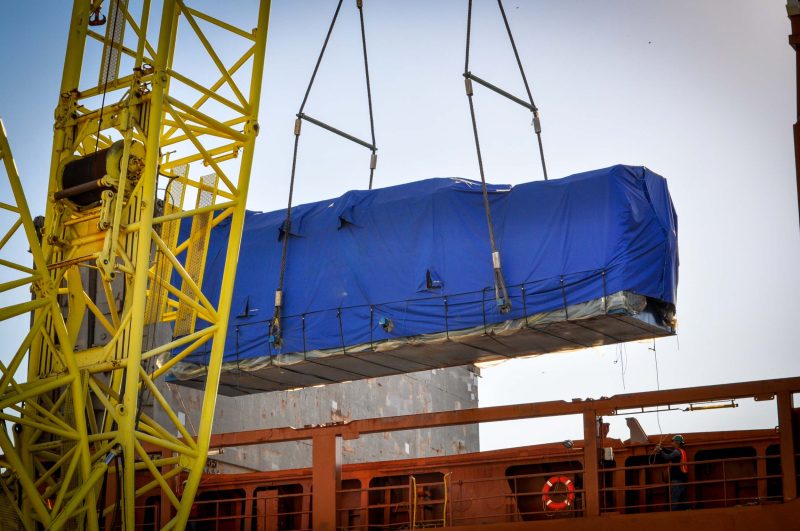
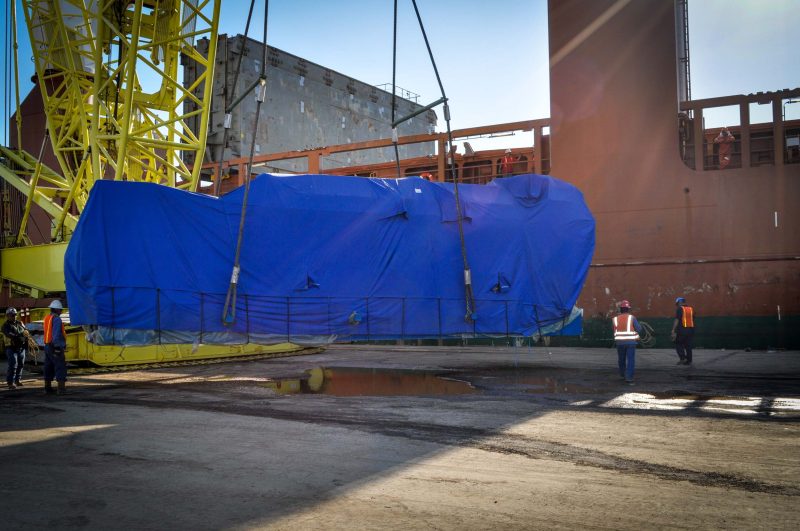
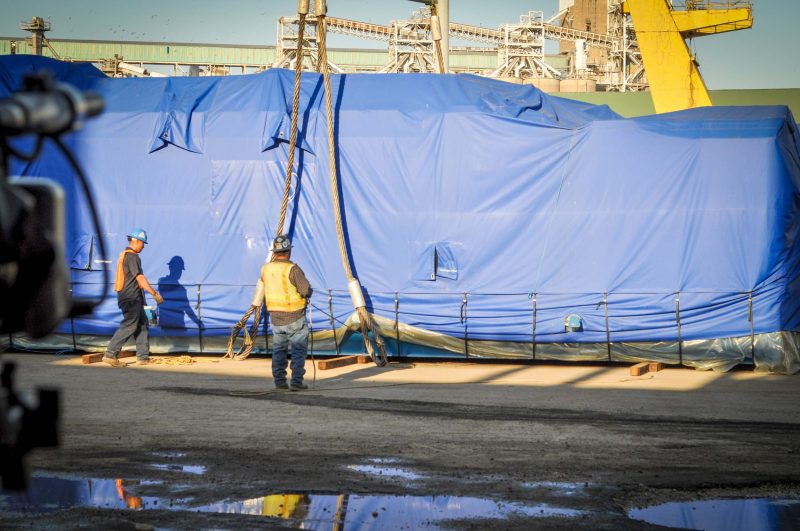
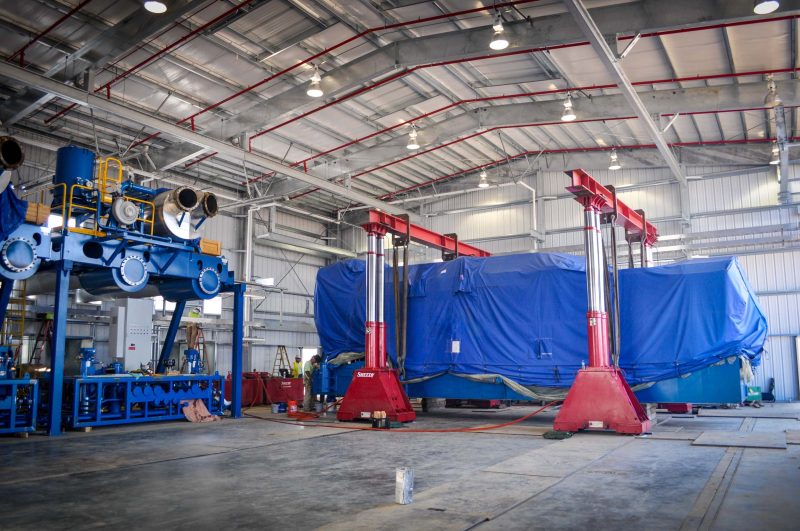
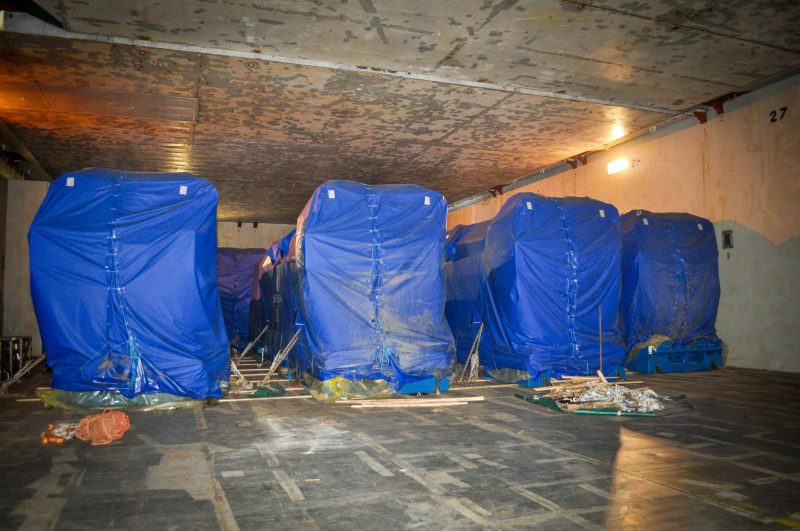
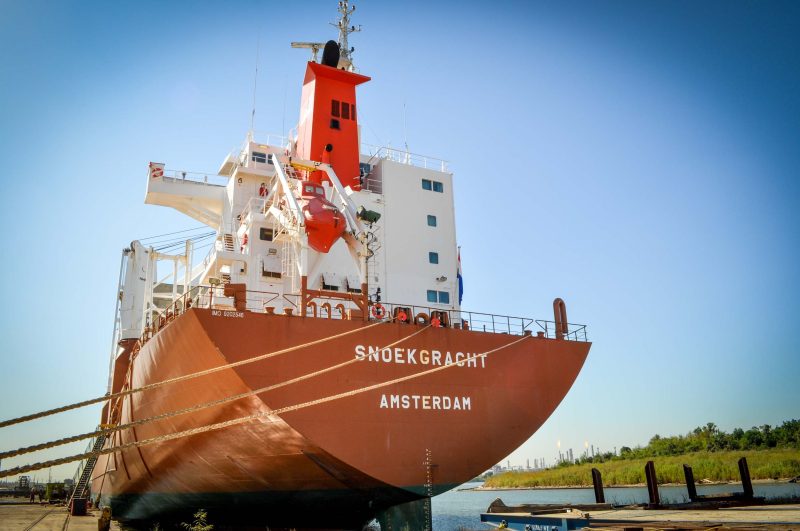
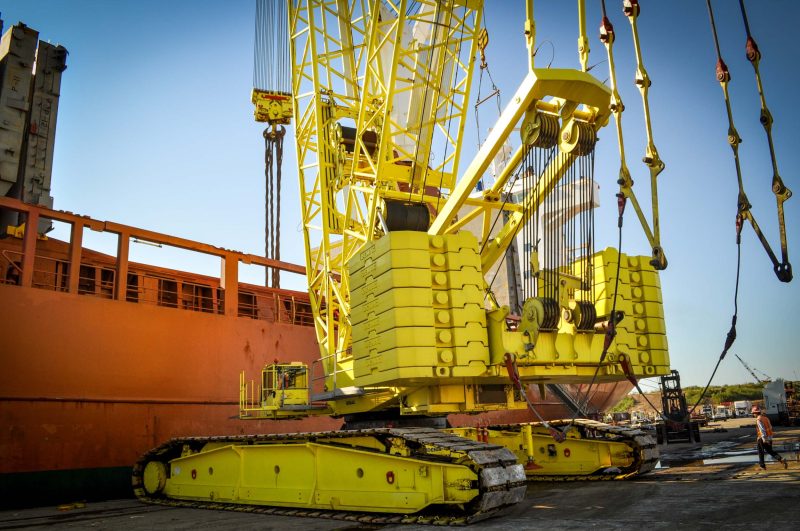
4. Supply Chain Management and Coordination
- Scheduling and Capacity Management: LNG logistics require careful scheduling and capacity management to align production, storage, shipping, and distribution timelines. Delays at any point in the chain can disrupt the entire process, as LNG needs to be continuously maintained at cryogenic temperatures.
- Demand Forecasting: Accurate demand forecasting is critical for managing LNG logistics, given the seasonal and regional demand fluctuations. Weather, economic factors, and fuel competition all influence LNG demand and affect the supply chain.
- Multi-Modal Transport: To optimize LNG delivery, operators often use a combination of transport modes. For instance, LNG might travel by ship to a port, by rail to a storage hub, and then by truck to the end user, especially in areas with challenging geographies.
5. Safety and Regulatory Compliance
- Strict Safety Standards: LNG is highly flammable and must be handled with care to prevent leaks, spills, or accidents. Each segment of the supply chain adheres to stringent international and local safety standards, such as those set by the International Maritime Organization (IMO) and local agencies.
- Environmental Regulations: LNG logistics must comply with regulations regarding emissions and environmental protection. LNG is considered cleaner than other fossil fuels, but its supply chain still generates greenhouse gas emissions. Many companies are investing in technologies to reduce methane leaks and optimize BOG handling.
- Employee Training: Workers handling LNG require specialized training to manage the risks associated with cryogenic temperatures, high pressures, and flammability.
6. Challenges in LNG Logistics
- Infrastructure Limitations: LNG infrastructure, such as liquefaction plants, regasification terminals, and LNG bunkering facilities, is capital-intensive. Limited infrastructure can bottleneck supply in some regions, especially remote or emerging markets.
- Storage and BOG Management: Storing LNG for extended periods can be challenging due to BOG formation. Facilities must have systems in place to manage this gas, which can include re-liquefaction, venting, or using it for onsite power generation.
- High Operational Costs: LNG logistics require sophisticated infrastructure and handling processes, leading to high operational costs. The logistics chain must balance these costs against the price of LNG to remain economically viable.
- Seasonal and Market Volatility: LNG demand is often seasonal, with peaks in winter for heating and in summer for cooling in different parts of the world. Price and demand volatility require flexible and adaptive supply chain management.
7. Technological Innovations and Trends
- Floating LNG Facilities (FLNG): Floating liquefaction and regasification units are being developed as alternatives to onshore facilities, particularly in remote or offshore fields. These FLNG units can be moored offshore, eliminating the need for extensive onshore infrastructure.
- Digitalization and Automation: Digital technology, including IoT sensors, predictive analytics, and AI, is being used to optimize LNG logistics by improving demand forecasting, monitoring LNG quality, and enhancing supply chain transparency.
- Carbon Capture and Methane Reduction: As part of decarbonization efforts, the industry is investing in technologies to capture CO₂ emissions during liquefaction and reduce methane emissions throughout the supply chain.
- Bio-LNG and Renewable LNG: Research and pilot projects in bio-LNG (biomethane that is liquefied) and synthetic LNG are increasing, as these carbon-neutral options could utilize the existing LNG infrastructure to meet sustainability goals.

